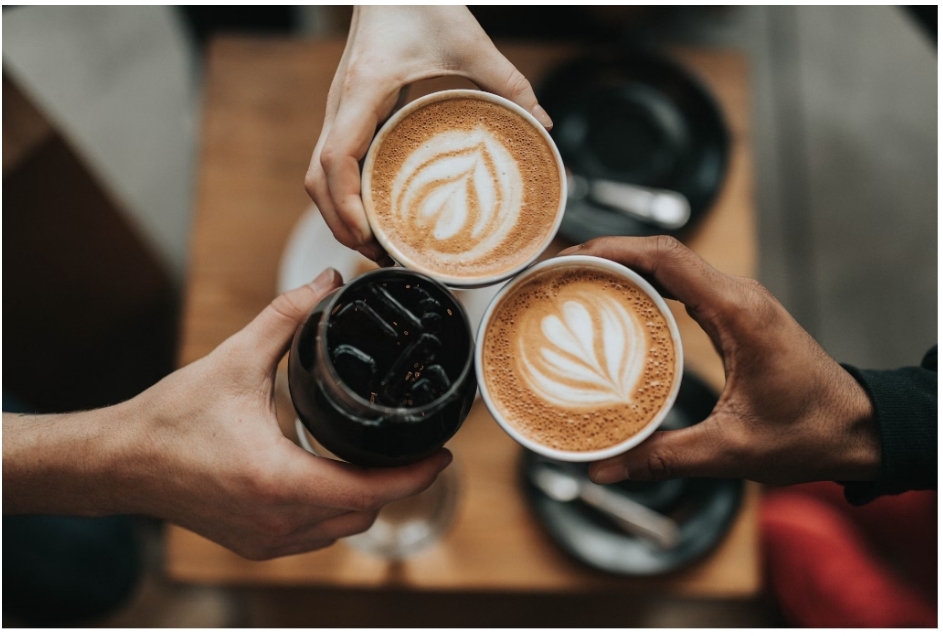Ever wondered how your favourite morning beverage is created? The journey from a humble green bean to that steaming cup in your hand is a fascinating one. Roasting unlocks the rich flavours and aromas that we love, transforming a raw ingredient into the delicious beverage that fuels our mornings.
What else, but to talk about coffee and the beauty of it on a cold winter morning? Allow us to show you each step in the meticulous process of coffee roasting.
The Raw Potential: Green Coffee Beans
Our journey begins with green coffee beans, which are the unroasted seeds from coffee cherries. These beans come in various varieties, each with unique flavour profiles waiting to be revealed. Skilled coffee roasters source high-quality beans, ensuring the foundation for a delicious final product.
The Transformation: The Roasting Process
Roasters meticulously control time and temperature to coax out the inherent flavours and aromas locked within the green beans. Here’s a simplified breakdown of the roasting process:
- Drying – The beans are first dried to remove excess moisture, making them easier to roast evenly.
- The Maillard reaction – As temperatures rise, the Maillard reaction kicks in. This chemical process, responsible for the browning of bread and caramelisation of sugar, unlocks a complex array of flavours and aromas in the beans.
- First crack – As the roast progresses, a distinctive popping sound, known as the first crack, occurs. This signals a critical point in the roast, where the beans rapidly release moisture and begin to expand.
- Second crack – With continued roasting, a second, louder cracking sound signifies a more significant transformation. The beans reach their peak roast level here, with complex flavours and aromas fully developed.
The Art of the Roast
The beauty of coffee roasting lies in the ability to tailor the process to highlight specific bean characteristics. Lighter roasts emphasise the bean’s natural acidity and floral notes, while darker roasts showcase bolder flavours with deeper caramel and chocolate tones. The roast profile chosen depends on the specific bean variety and the desired flavour profile.
Cooling It Down
Once the desired roast level is achieved, the beans are rapidly cooled to halt the roasting process and lock in the developed flavours. Proper cooling ensures consistent quality and prevents the beans from burning.
The Final Act: Resting and Packaging
Roasted beans release carbon dioxide for a period after roasting. Allowing them to rest for several days allows this gas to escape, resulting in a smoother and more flavourful coffee—much like the coffee products from top roasters like Grinders Coffee. Finally, the beans are packaged in air-tight containers to preserve their freshness and aroma.
From Roaster to Your Cup
Freshly roasted coffee beans are a vibrant canvas of flavours waiting to be brewed. The roasting process unlocks this potential, transforming a raw ingredient into the aromatic and delicious coffee we enjoy every day. By understanding the journey from bean to cup, you can appreciate the dedication and skill that goes into creating that perfect cup of coffee.




